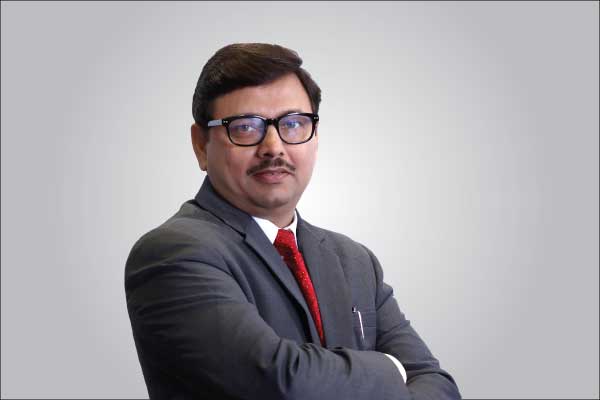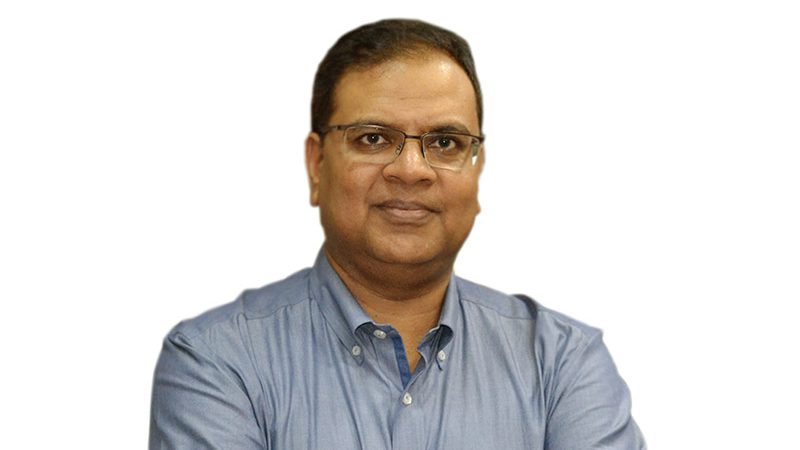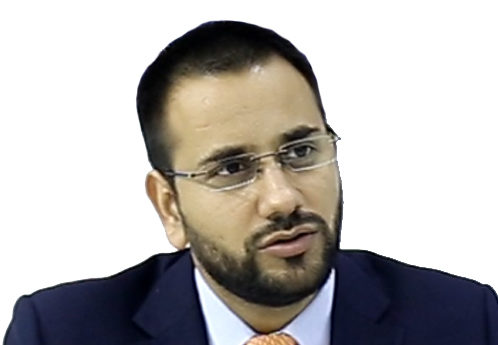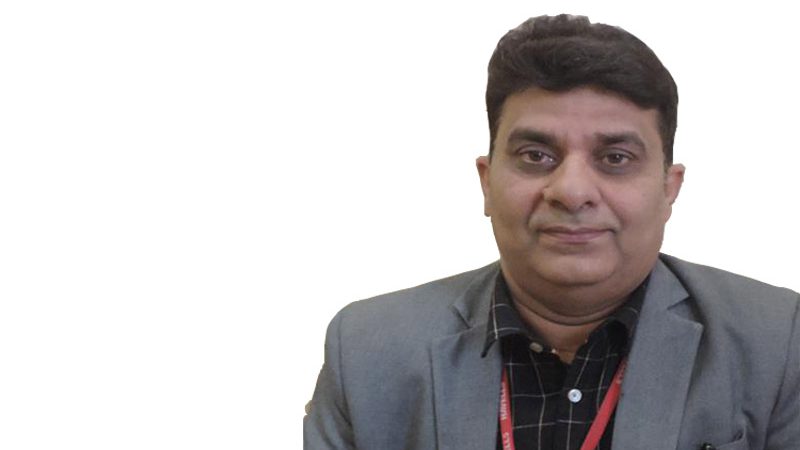Interview : Satish Nair – Managing Director, Nordic (India) Solutions
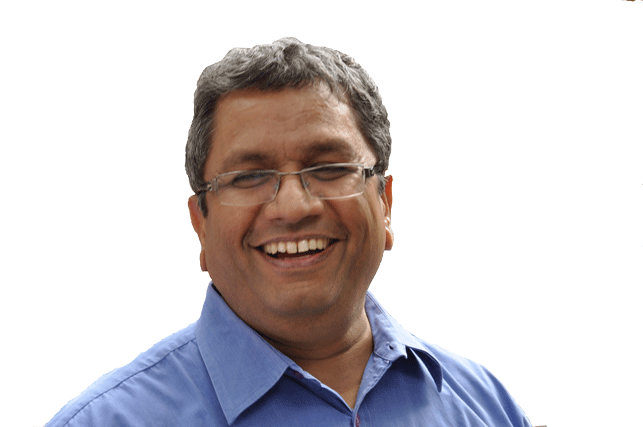
Satish Nair, Managing Director, Nordic (India) Solutions – one of leading mounting structure solutions providers – shared his views on solar PV mounting structure industry’s growth and challenges and his company’s future plans. Excerpts. .
What is your say on growth and opportunities created for solar mounting solutions market in India on account of growth witnessed by solar PV sector over the last couple of years? How do you see the market evolving ahead?
I am bullish on the growth in solar mounting structures for the next five years, considering the national solar target of achieving 100GW in installations by 2022. Solar mounting structures are a key component in a solar plant, and are expected to scale at a CAGR of 50% year over year.
Being one of the leading industry players, brief tell us about your product and service offerings in PV Mounting Solution space? Reliability, flexibility and innovative mounting solutions at competitive price are some of the features that any client seeks, how well do you manage to match these requisites to beat your competitors?
Nordic (India) Solutions offers mounting structure solutions primarily for rooftop solar installations. We offer
galvanized structures for flat concrete roofs and aluminium structures for metal roofs. For metal roofs, we offer panel clamps designed to the roof profile (standing seam and trapezoidal profiles).
We minimize penetrations on the roof and design the structures to be light weight and easy to transport and assemble. Our mounting structures are designed considering the dead load of the panels and the wind load prevailing in that area.
Could you share with us some of the key benefits of incorporating trackers in a solar project? As compared to other matured solar markets across globe, we see very limited penetration of Trackers in solar projects across India. What are some of the key barriers to this and what solutions do you recommend?
Trackers provide increase in solar power generation by 20-25%. Most installations worldwide are using single axis E-W tracking. Trackers have proved to be cost effective on MW level solar power projects.
The limited penetration of solar trackers in India is due to the fact that there is tremendous pressure in lowering initial capital investment, to meet the aggressive solar tariffs that are being bid. Trackers increase project cost by approximately 15%, and the ROI will take about 5 years.
Most developers in India who are already under financial pressure to complete the project in the scheduled time and budget are hesitant to invest in trackers considering this ROI and the increased O&M cost.
When it comes for providing mounting solutions – which segment is more challenging Rooftop or Ground projects? As a mounting solutions provider, what opportunities do you see in rooftop space over the coming years? Tell us about your plans to tap on the same?
Rooftop solar installations are definitely more challenging as you encounter different types of roofs and customer specifications. This provides greater opportunity as a supplier to innovate to address these requirements. However, customers are highly cost sensitive and are reluctant to spend money for design engineering or select mounting solutions that have been properly engineered.
In this situation, decisions are taken purely based on cost and not whether the mounting structures meet structural design requirements. The problem in adopting such a strategy was highlighted during Cyclone Vardha, when there were several incidents reported of solar mounting structures failing to meet the wind gusts and collapsing under the panel weight and wind loads.
Not only the structures, but solar panels also bore the consequence of a poorly designed structure and needed to be replaced.
GST is round the corner, what affect do you see on Indian solar power business landscape – once it is implemented? In your view, will it have any effect on mounting structure industry upon implementation?
According to the recent announcement on May 30 by Mr. Hasmukh Adhia, all solar components are to be taxed at 5% under GST. Assuming this holds for all components, I don’t see the 5% tax having a significant impact on solar tariffs.
Solar mounting structure components out of aluminium or steel (Tariff Code 7308 and 7609) will also be taxed at 5% according to the announcement. This will replace the excise tax (12.36%) and VAT/CST (2% to 5%) rates prevailing today. The 5% tax rate under GST may the lower the cost of mounting structures for the end user.
What are your future plans? Any, new product launch or expansion plans on the anvil?
Nordic (India) is active today in selling mounting structure solutions to rooftop installers in Tamil Nadu and Kerala. We plan to expand our offerings to Andhra Pradesh, Telengana, Karnataka in 2018.
Our market strategy is to work through channel partners who can stock and supply so that installers can procure the material locally, decreasing the lead time and transport cost.



